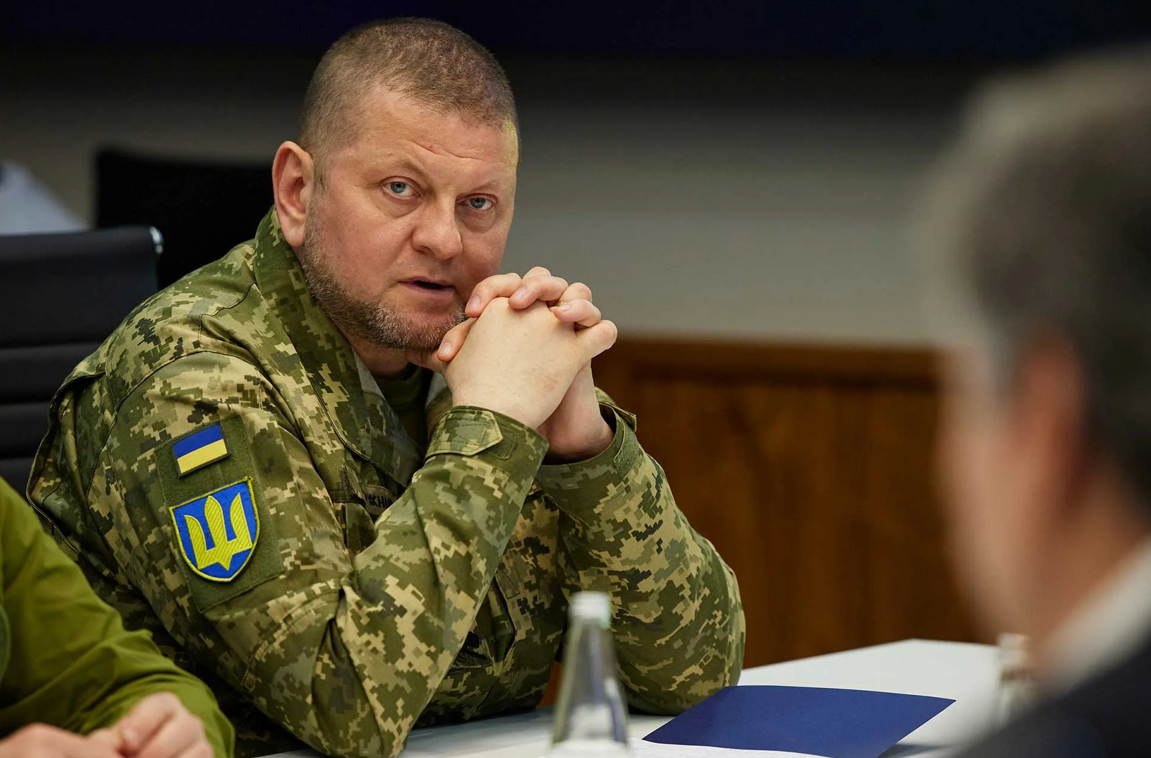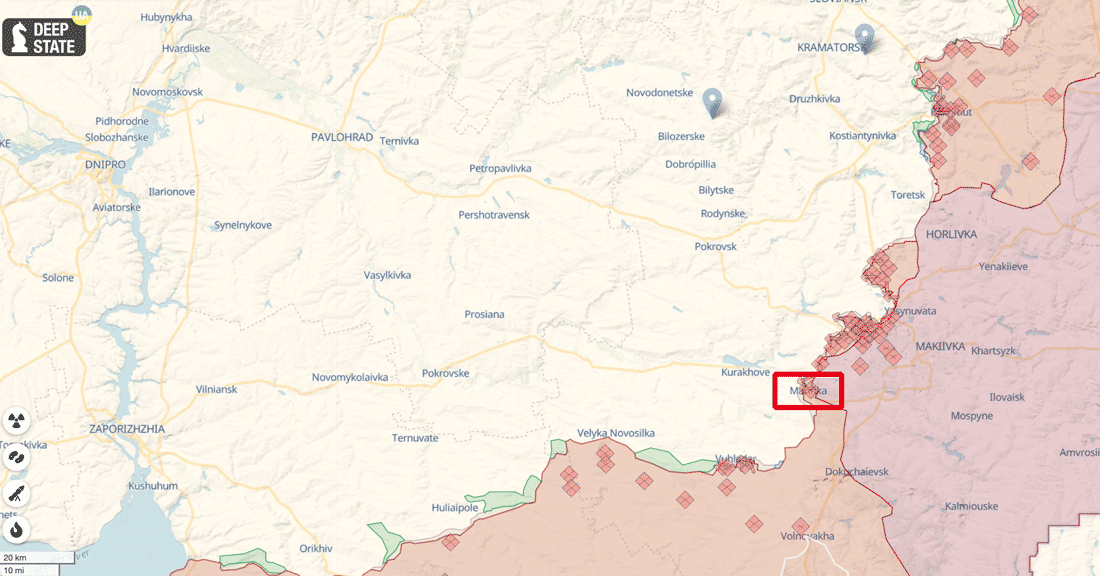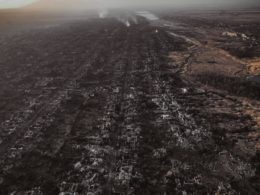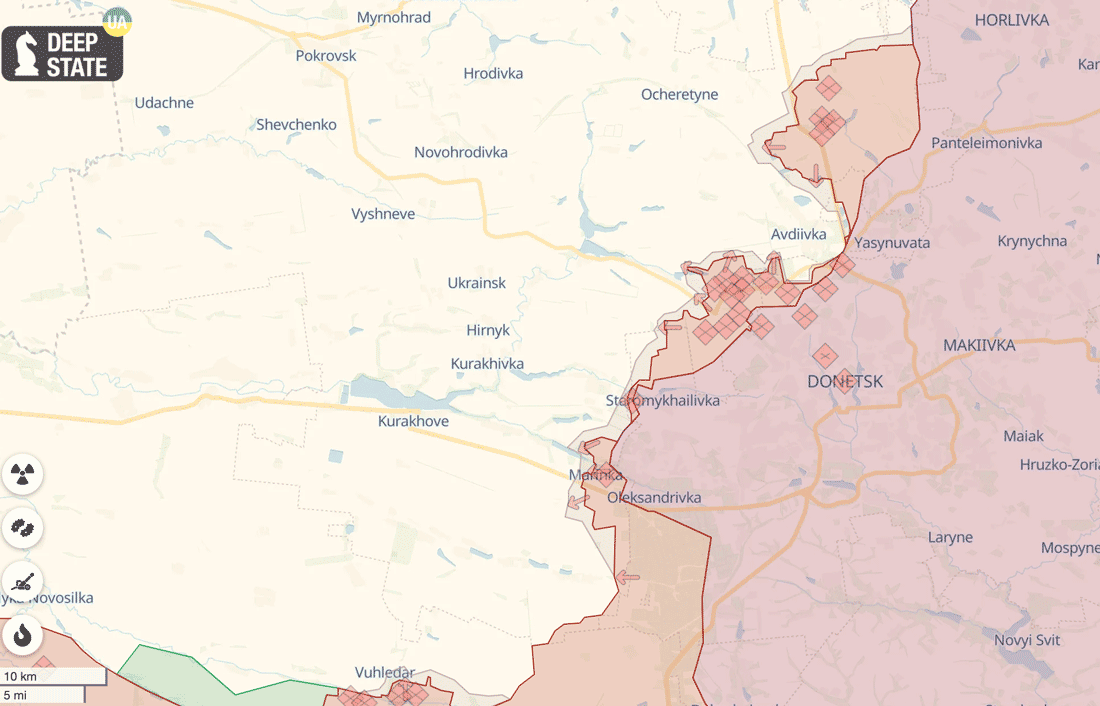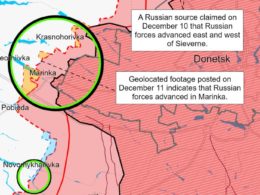On 26 December, General Valerii Zaluzhnyi, the Commander-in-Chief of the Armed Forces of Ukraine, held a briefing in Kyiv for journalists where he addressed various crucial topics, including military mobilization and demobilization, the situation on the frontlines, and strategic planning for 2024.
Discussing mobilization, Zaluzhnyi stated that the military command is constantly formulating requests for crucial resources such as ammunition, weapons, and human resources. However, he clarified that the command had not requested a specific number of people for mobilization.
Zaluzhnyi addressed information about the mobilization of a specific number of soldiers, particularly 500,000 soldiers, as mentioned by David Arakhamia, leader of the Servant of the People (Sluha Narodu) faction.
“The military command did not make any requests for specific numbers. Our focus is on protecting the state, and we continuously formulate our needs for resources. We do not make such requests in any separate format to the Cabinet of Ministers or the Verkhovna Rada,” Zaluzhnyi stated.
Additionally, the Commander-in-Chief mentioned that the General Staff lacks the right to legislative initiative and has not submitted any documents to the government.
Regarding the mobilization figures for the next year, Zaluzhnyi noted that these are calculated based on the current military complement, the formation of new military units, and the projection of potential losses in 2024. He emphasized the confidentiality of these figures, stating, “It’s a military secret.”
Zaluzhny also highlighted that the calculation of mobilization needs takes into account various factors, including the tasks set for the upcoming year. He clarified that this does not imply an immediate implementation of these figures.
This statement comes after the Cabinet of Ministers submitted a draft law to Ukraine’s Parliament, Verkhovna Rada, on 25 December, aiming to amend certain legislative acts of Ukraine concerning improving issues related to mobilization, military accounting, and military service.
Discussing demobilization, Zaluzhnyi highlighted the challenging conditions faced by Ukrainian soldiers on the frontline and emphasized the importance of clarity regarding service duration for new and current servicemen.
He mentioned that, in agreement with the Ministry of Defense, a 36-month service period has been set under the hopes that there would be no escalation at the front and that replacements would be available after this time. However, he acknowledged that 36 months is “not quite realistic in the conditions we are in,” but remained hopeful about the intensity of combat actions not increasing and the possibility of replacement after the set period.
On the topic of rotation, the Commander-in-Chief of the Armed Forces of Ukraine opposed the enactment of a law regarding rotation at the front, such as a six-month period, as it would require doubling the military’s combat inventory. General emphasized the importance of adequate rotation within units, but did not legislate a fixed rotation schedule.
“The situation at the front primarily depends on the actions of the enemy. I cannot predict whether it will be six months, five months, three months. The situation is absolutely different, believe me,” he said during a briefing.
On preparing brigades in the Armed Forces, Valerii Zaluzhnyi highlighted Ukraine’s capacity to simultaneously prepare up to 10 brigades, agreeing that only trained personnel should be sent to the front.
Regarding the frontline situation in the Mariinka direction, Donetsk Oblast, Zaluzhnyi said that Ukrainian soldiers were forced to retreat to the northern outskirts of Mariinka after the town was completely destroyed by Russian forces. He emphasized the importance of preserving the lives of soldiers over holding specific territories.
“We defend every bit of our land. But when enemy shells start to churn up this narrow strip along with the stones, the soil, and our soldiers – the lives of our soldiers are more important to us. Therefore, in Marinka, which has held out for almost two years – our troops are still in its northern part, but they have prepared a defensive line beyond this settlement,” Zaluzhnyi explained.
He also urged not to focus on the fighting near any particular city, as “the enemy has the ability to concentrate its forces, including artillery and aircraft, in one direction or another, and they can make sure that in 2-3 months the city can have the same thing happen to it as happened to Bakhmut.”
In a briefing, Zaluzhny stated that the only viable method to halt Russian aggression is the sustained increase in their army’s losses, a strategy that persists in the face of the aggressor country’s leadership ignoring the number of Russian casualties in the war.
“It is currently challenging to estimate the additional losses required to bring an end to this conflict. I believe we must continuously inflict these losses until the war concludes and the enemy stops its military operations against our nation,” General Zaluzhnyi said.
He highlighted that the level of losses the Russian army has endured in the war would have deterred any other nation except Russia.
Commenting on the frontline situation, he noted that the scene at the line of contact is grim – “Piles of bodies are left unclaimed. Their numbers are growing daily. This sadly reflects the Russian Federation’s regard for its own people.”
Looking ahead to 2024, Zaluzhnyi stressed that the year would be different from 2023, particularly due to changes in technologies and tactics.
Zaluzhnyi emphasized that 2024 needs to be different from 2023 to avoid the scenarios he discussed in his article for The Economist. He noted that most problems have been identified, with 90% of the solutions already found. These solutions are crucial for more effective action in the coming year and, importantly, for saving more lives.
“We are working on this. Our partners have agreed with us and are also interested in this issue. And I can assure you that the next year will be different from 2023,” he concluded.
Earlier, The Washington Post suggested in its analysis that the reasons for the slowdown in Ukraine’s counteroffensive are complex, encompassing both miscalculations by Western allies and Ukrainian command, as well as the insufficient supply of weapons to the Armed Forces of Ukraine, necessary for gaining an advantage in the offensive.
Based on reporting by Ukrainska Pravda, Ukrinform, RBC-Ukraine.
Read also:
- Ukraine destroys Russian Navy’s Novocherkassk landing craft in occupied Crimea
- New Ukrainian surface drone joins fight in Black Sea
- ISW: Russia employing fewer glide bombs due to worries about Ukrainian air defenses
- Six Ukrainian war pilots finish, ten more continue F-16 basic training in UK


